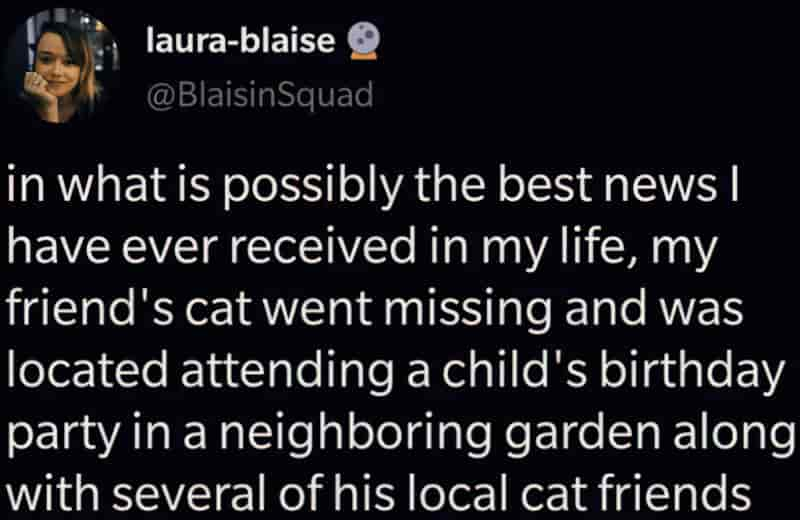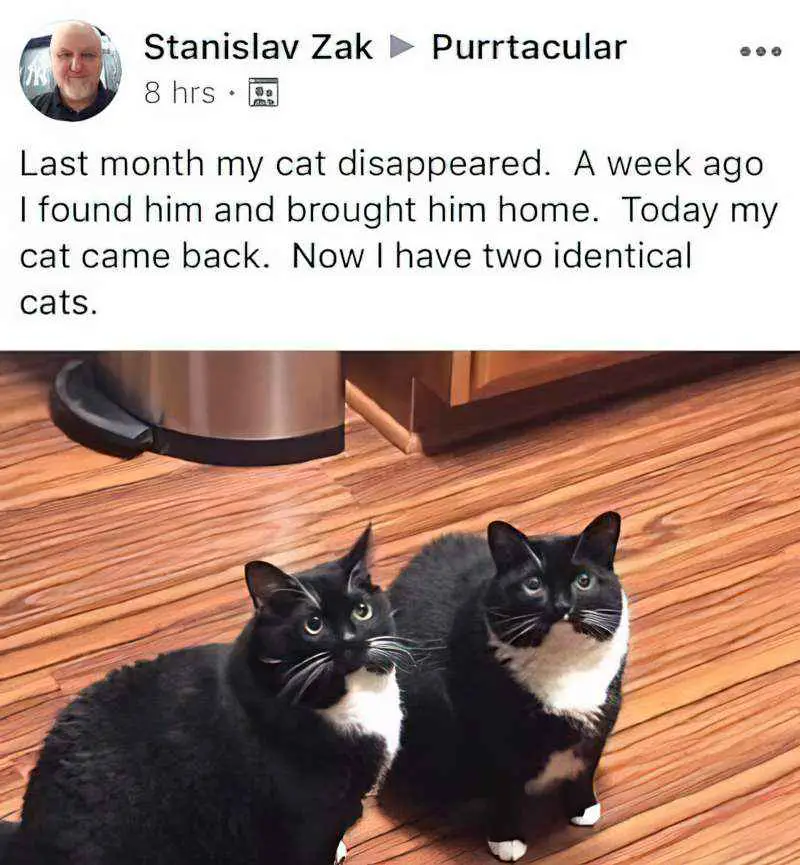A child who reads heavily may well be under the impression that the acquisition of pets requires about as much thought as a well-chosen piece of jewellery.
Yesterday I rewatched Bridge To Terabithia — a perennial favourite at our house. I can’t remember if this also happens in the book version, but at the end of the movie Leslie’s father says he was going to gift Leslie’s dog to Jesse but couldn’t quite part with it.
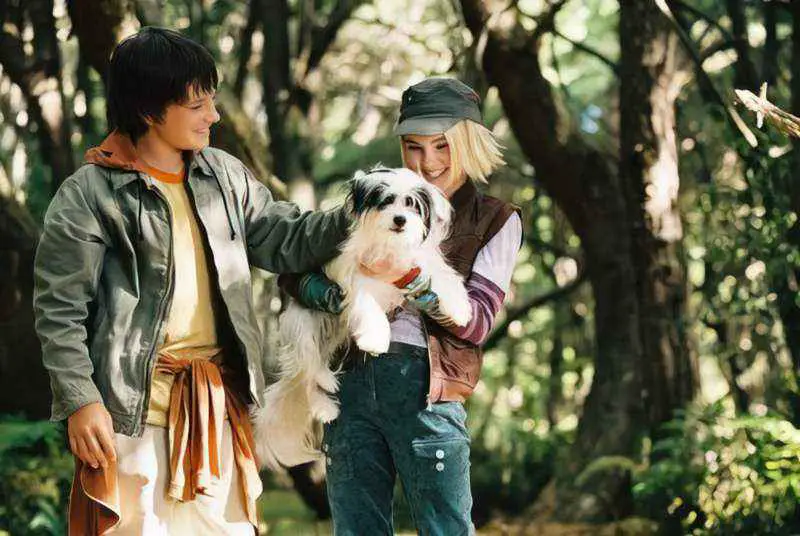
Today I read Madeline in London, in which the girls visit Pepito at his new home and decide to give him the gift of a retired horse.
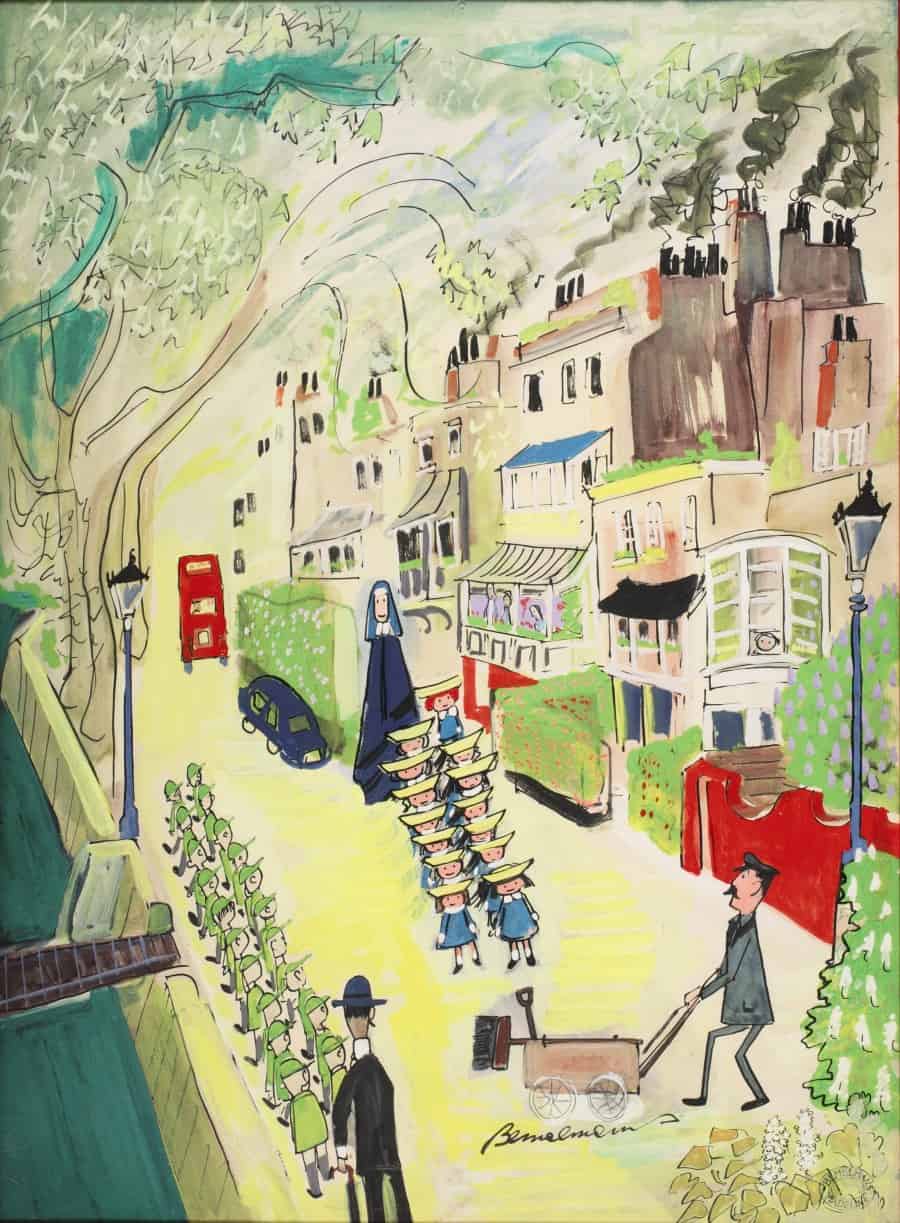
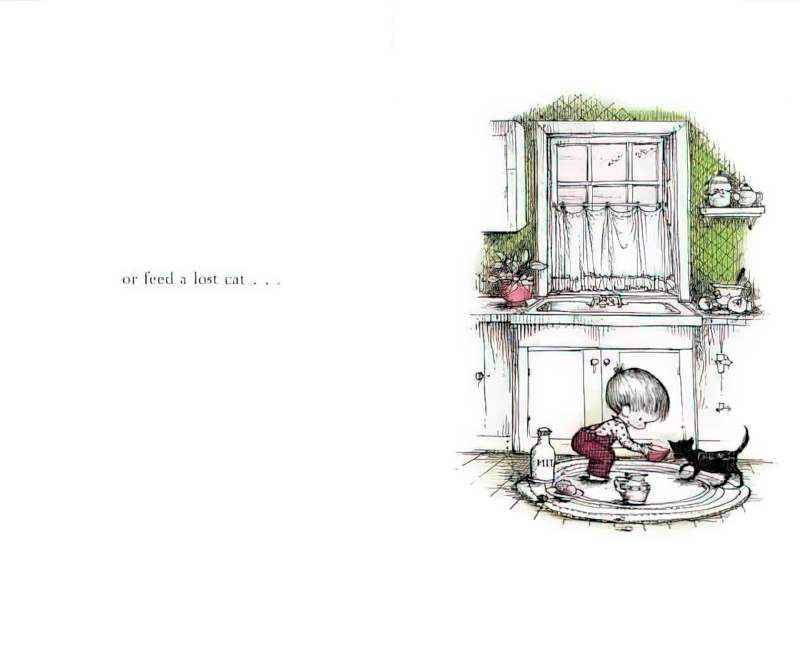
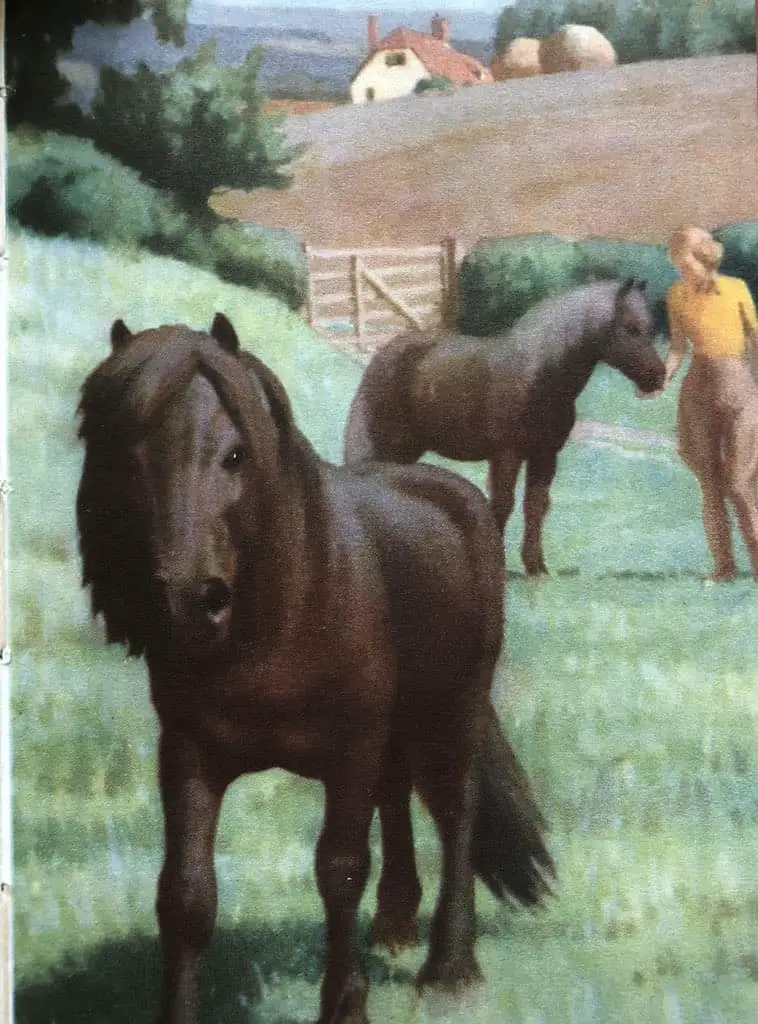
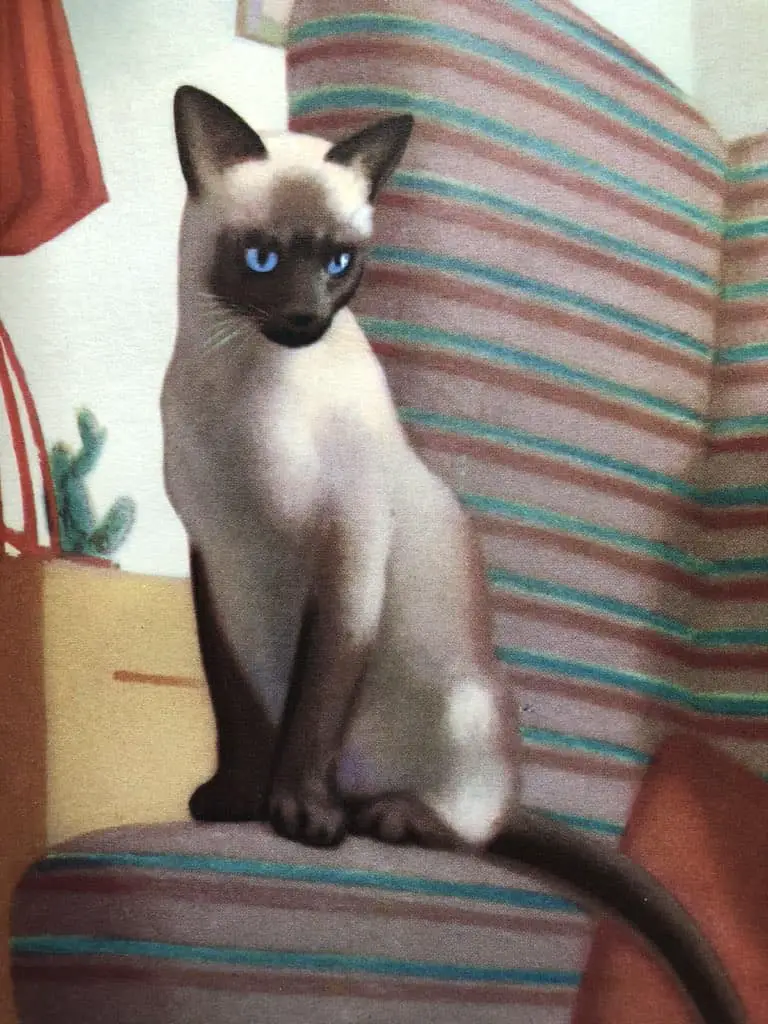
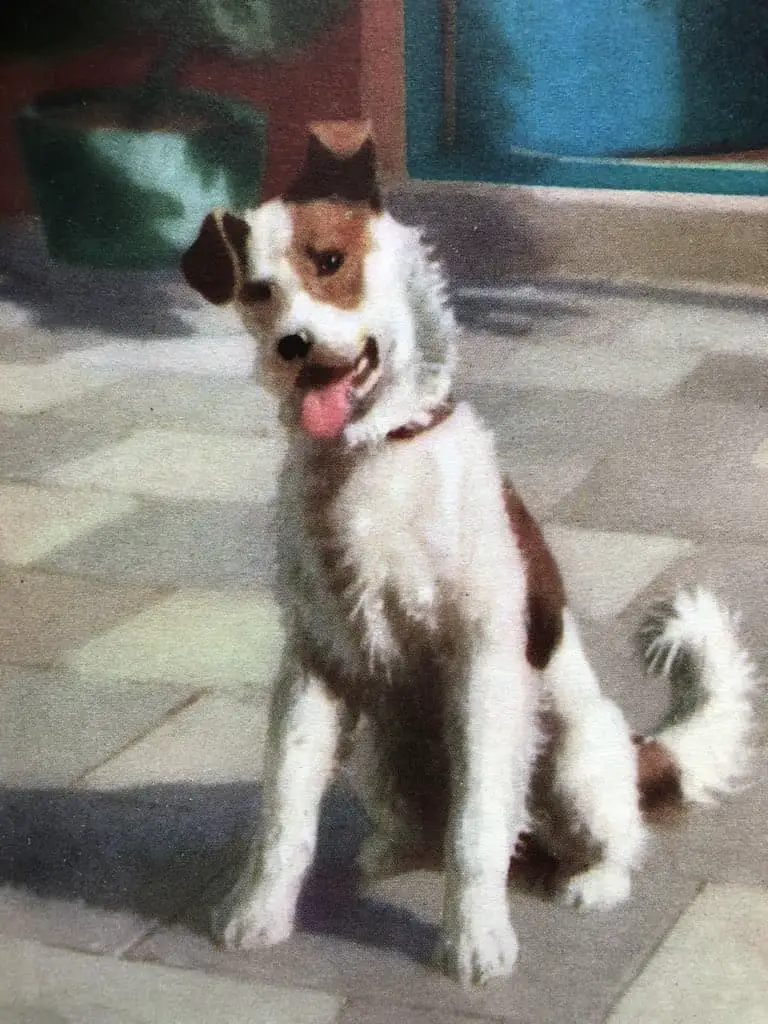
Children’s literature is full of stories about boys who save up enough money to buy a dog. The real cost of dog ownership — the food, the registration, the annual vaccinations, the worming and flea treatments — are never factored into the cost.
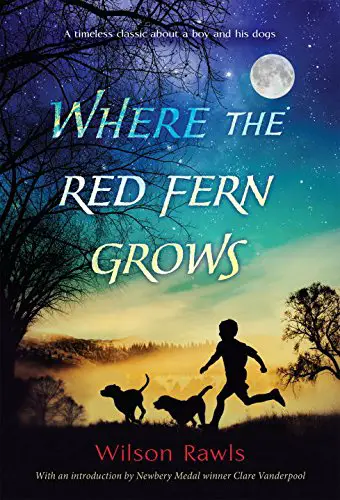
A loving threesome, they ranged the dark hills and river bottoms of Cherokee country. Old Dan had the brawn. Little Ann had the brains, and Billy had the will to make them into the finest hunting team in the valley. Glory and victory were coming to them, but sadness waited too. Where the Red Fern Grows is an exciting tale of love and adventure you’ll never forget.
There’s a reason for this, of course.
Children’s books are not set in the real world. They exist on a continuum between utopia and real — and if it’s set in a realistic world (or, lately, a hyper-realistic one) it’s probably young adult literature. As for middle grade novels and chapter books, these are largely privileged worlds in which there is always enough to eat, always a place to come home to and populated by adults who basically care for children.
These are also worlds in which any child who really wants an animal companion can have one. They will roam free and look after one another.
As long as the child saves enough money to buy the pet in the first place, subsequent costs are magically met, even in the poorest households.
I point out the obvious because a disappointing number of adults buy pets without factoring in the enormous cost of pets. My mother, who worked at the SPCA for some years, was constantly dealing with members of the public who approached the charity for help paying medical bills for sick pets, because they hadn’t planned ahead. These adults are still living in a children’s literature utopia.
Perhaps we need a few more narratives about the realities of pet adoption. One excellent example is The Stray by Molly Ruttan.
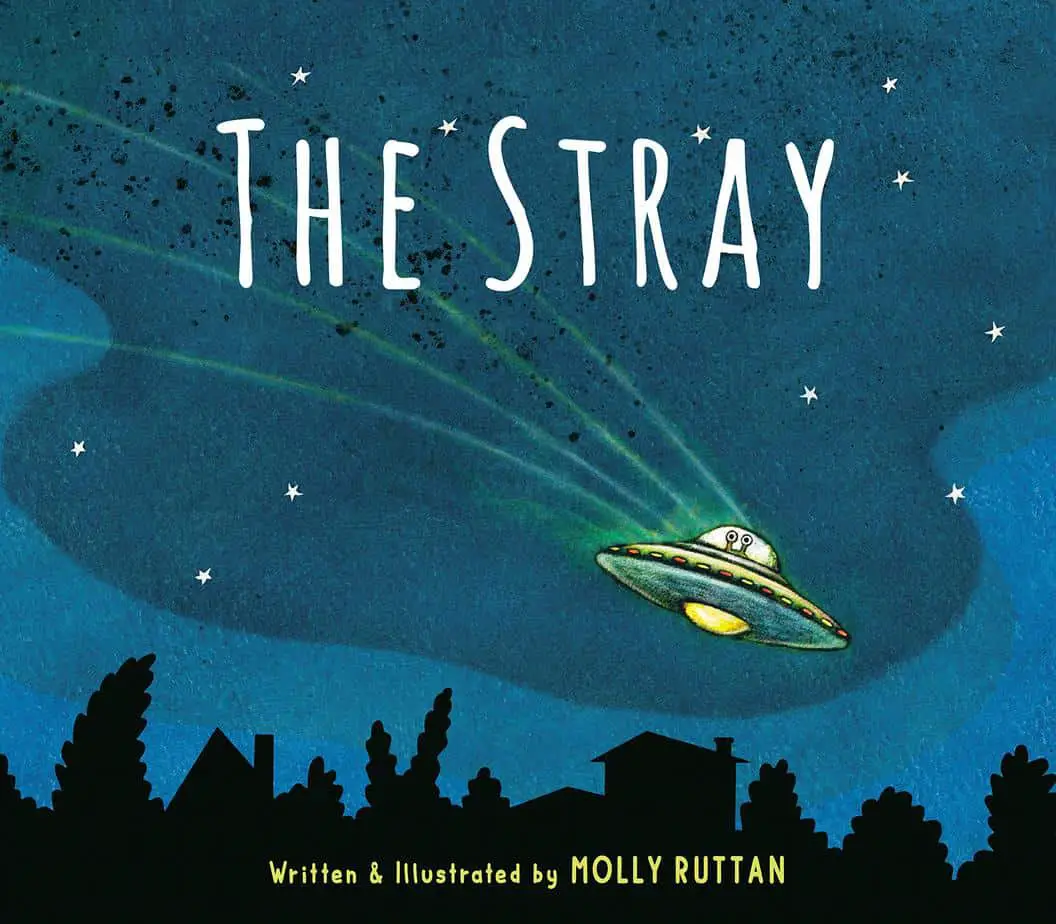
Adopting an extraterrestrial leads to mixed results!
When a family goes for a stroll one morning and encounters an adorable little creature with no collar or tag (who just happens to be sitting in the wreckage of an unidentified crash-landed object), they happily adopt the lovable stray. They name him Grub and set about training him, but that works surprisingly . . . poorly. Taking him for a walk is an unexpected adventure, too. As hard as they try to make Grub feel at home, it’s just not working. Could he already have a family of his own? Maybe he isn’t really a stray, after all–just lost. But how on earth will they be able to find his family when he seems to come from somewhere . . . out of this world?
A family finds a grubby sort of creature of indeterminate species and because it doesn’t have a collar they decide to take it home and make it part of the family. Not another one of these books, I thought. But this was not a happily-ever-after adoption story; it turnjed out to be more of an E.T. story. Grub is not happy with his new ‘family”. The family recognises his unhappiness and only now go out of their way to look for Grub’s own family. (They haven’t extended empathy to the unseen parents of Grub, who will be worried out of their minds.) An alien ship arrives and Grub happily goes back to his own family.
A story such as Grub is ostensibly about a pet (in the body of an alien), but at its heart, is about adoption. Adoption stories can be super problematic when treated lightly and unthinkingly in children’s literature. As a negative example I offer up Gaston.
One of the more emotionally honest kids’ books I’ve seen about wanting a pet real bad is The Pigeon Wants A Puppy! by Mo Willems.
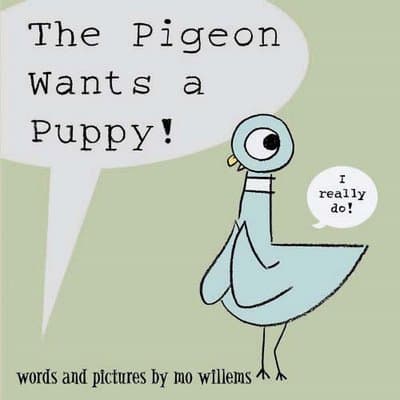
He really, really, REALLY wants one. He’ll take really good care of it! What’s the matter–don’t you want him to be happy?
While the unthinking acquisition of pets are generally considered great in stories for children, when it happens in a story for adults we get an uneasy feeling. In the 2014 film Wildlike, an uncle suggests to his niece that they buy a dog together. This foreshadows abuse.
